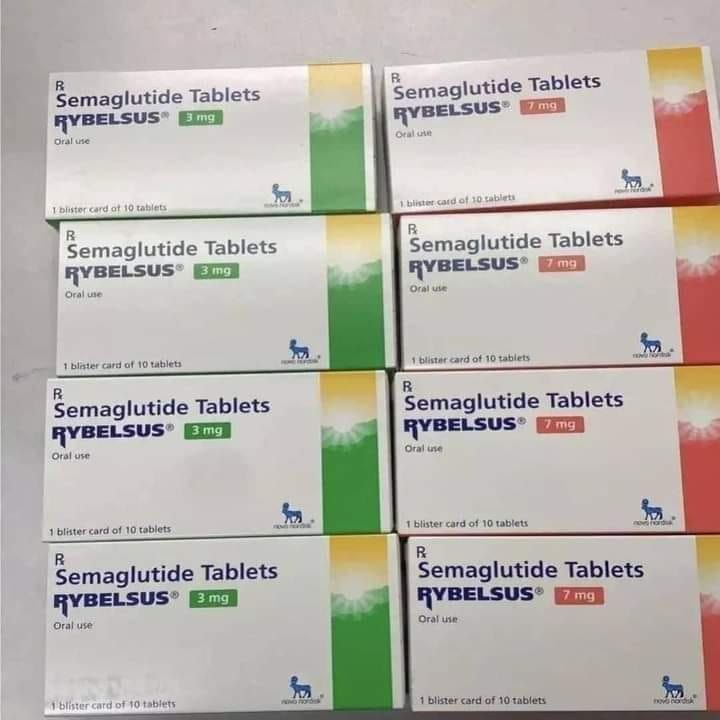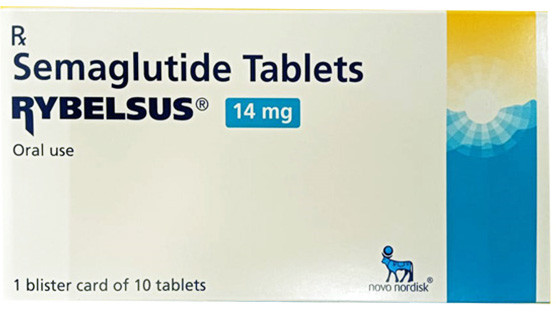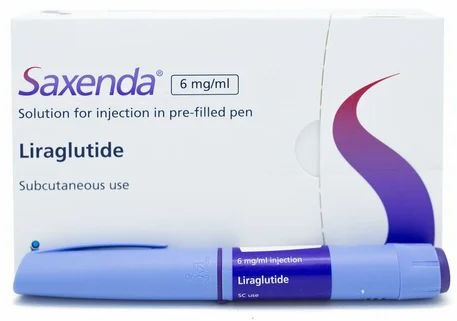Company Information
Ask for more detail from the seller
Contact SupplierProduct Description
Semaglutide Tablets: Transforming Type 2 Diabetes Management
Semaglutide, available in tablet form, is a breakthrough medication in the realm of type 2 diabetes management. As a glucagon-like peptide-1 (GLP-1) receptor agonist, Semaglutide plays a pivotal role in regulating blood sugar levels and promoting overall well-being. Let's embark on a journey to understand the significance of Semaglutide tablets, exploring their mechanism of action, therapeutic benefits, dosage guidelines, potential side effects, and essential considerations.
I. The Essence of Semaglutide:
**1. GLP-1 Receptor Agonist:
Semaglutide belongs to the class of GLP-1 receptor agonists, mimicking the action of the natural GLP-1 hormone in the body.
**2. Blood Sugar Regulation:
Its primary function is to enhance the release of insulin, reduce glucagon secretion, and slow down gastric emptying, collectively contributing to blood sugar control.
II. Therapeutic Applications:
**1. Type 2 Diabetes Management:
Semaglutide is prescribed for individuals with type 2 diabetes as an adjunct to diet and exercise to improve glycemic control.
**2. Cardiovascular Benefits:
Beyond glycemic control, some GLP-1 receptor agonists, including Semaglutide, have demonstrated cardiovascular benefits in certain populations.
III. Benefits of Semaglutide Tablets:
**1. Blood Sugar Reduction:
Semaglutide helps lower blood sugar levels by stimulating insulin release and inhibiting the release of glucagon.
**2. Weight Management:
It may contribute to weight loss in some individuals, making it a favorable option for those with concerns about weight gain.
**3. Cardiometabolic Effects:
GLP-1 receptor agonists, including Semaglutide, have shown potential cardiovascular benefits, such as reducing the risk of major adverse cardiovascular events.
IV. Dosage Guidelines:
**1. Oral Administration:
Semaglutide is available in tablet form for oral administration.
The dosage may vary, and healthcare providers tailor the prescription based on individual needs and response.
**2. Once-Daily Administration:
Typically, Semaglutide tablets are taken once daily, with or without food.
V. Potential Side Effects:
**1. Gastrointestinal Effects:
Common side effects may include nausea, vomiting, diarrhea, and abdominal pain. These symptoms often subside over time.
**2. Hypoglycemia:
As Semaglutide stimulates insulin release, there is a risk of hypoglycemia (low blood sugar), particularly when combined with other diabetes medications.
**3. Pancreatitis:
While rare, GLP-1 receptor agonists have been associated with pancreatitis. Seek medical attention if persistent abdominal pain occurs.
VI. Important Considerations:
**1. Kidney Function:
Monitoring kidney function is important during Semaglutide therapy, as with any medication for diabetes.
**2. Cardiovascular Health:
Individuals with a history of cardiovascular disease or risk factors may benefit from GLP-1 receptor agonists like Semaglutide, but individual considerations are crucial.
**3. Pregnancy and Breastfeeding:
The safety of Semaglutide during pregnancy and breastfeeding is not well-established, and consultation with healthcare professionals is essential.







